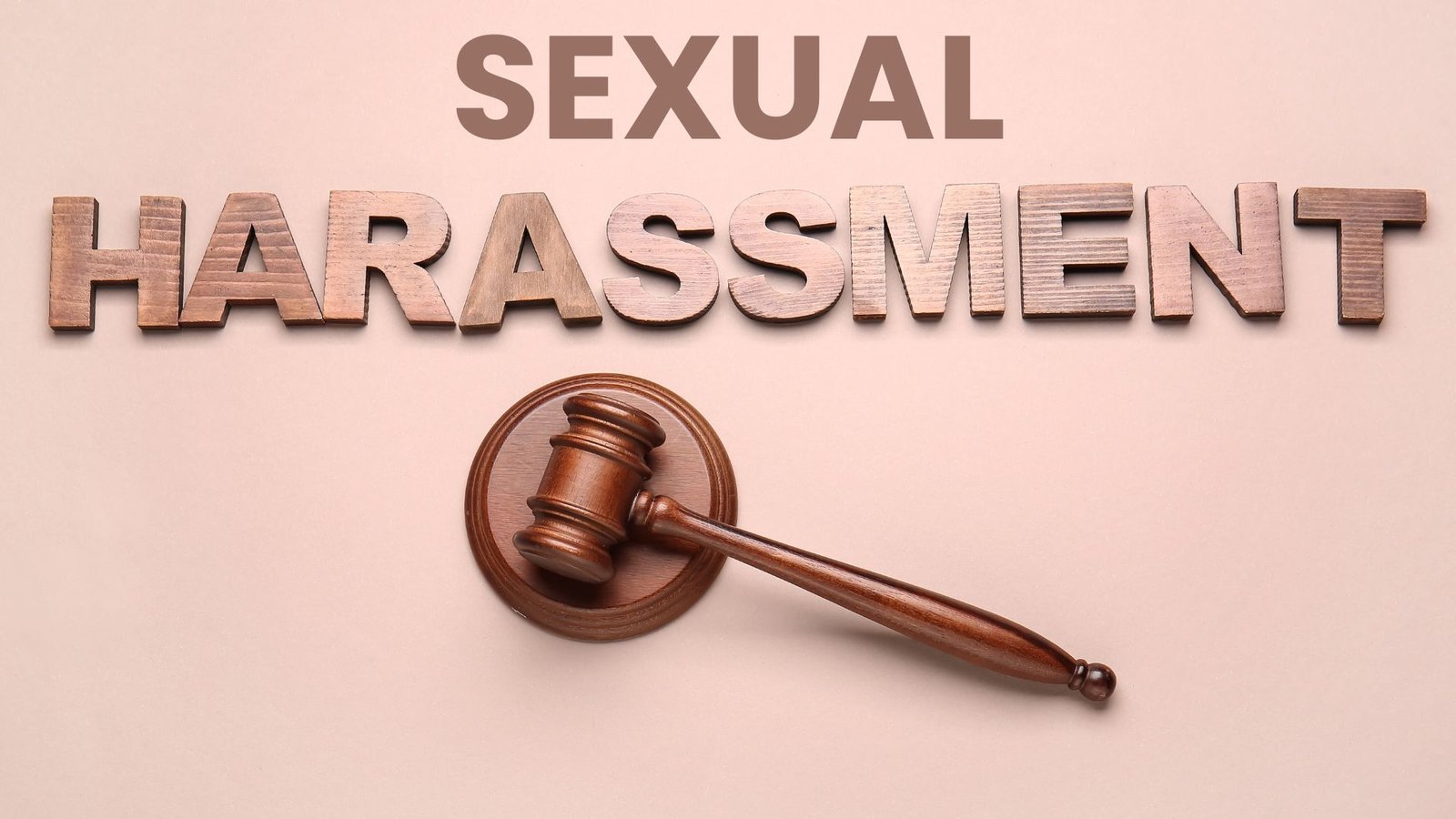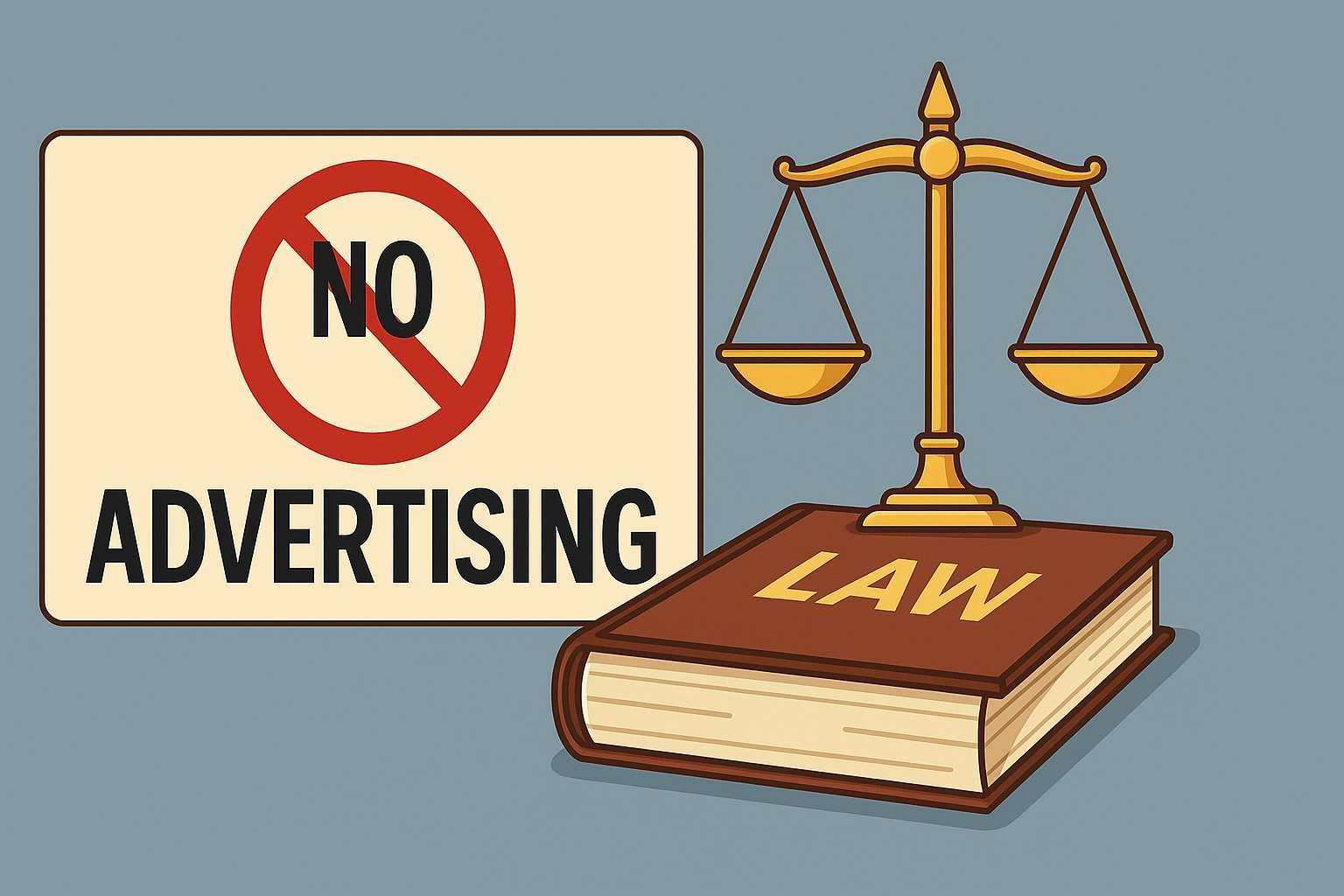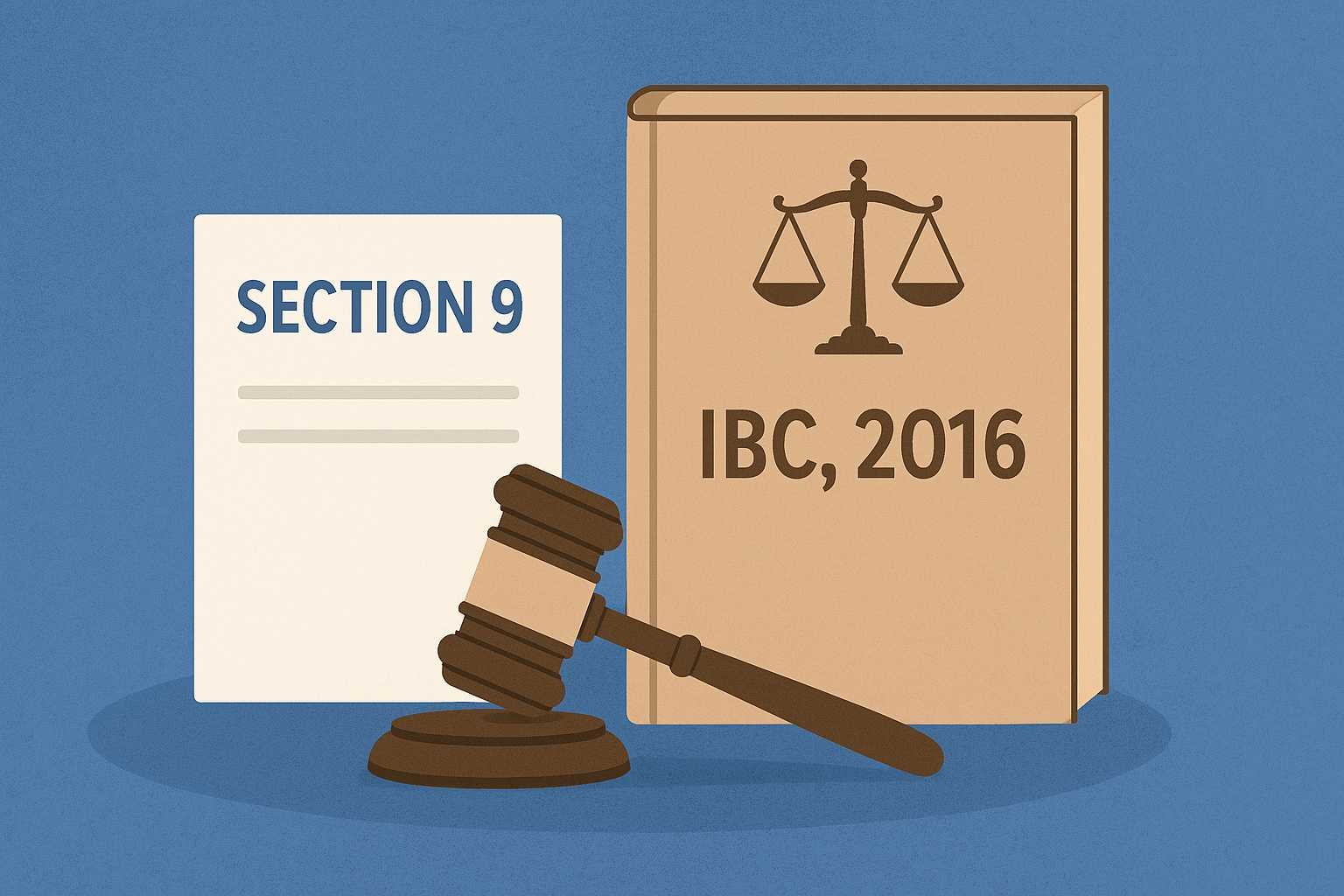On this page you will read detailed information about Vishaka Guidelines.
As a professional, you have a responsibility to understand your workplace rights and protections. One critical area that impacts employees across industries is the prevention of sexual harassment. By taking the time to comprehend the implications of the landmark Vishaka Guidelines, you open the door to a more just and equitable workspace. In just 100 words, this article provides clarity around these influential guidelines – from their background and key provisions to their ongoing national impact over 25 years later. Continue reading for an accessible overview essential to every working woman and man in India.
Background of the Vishaka Case
In 1992, Bhanwari Devi, a social worker from Rajasthan, was gang-raped by upper-caste men for attempting to stop a child marriage. The State Government’s failure to prosecute the accused led to a public interest litigation in the Supreme Court of India. This resulted in the formulation of legally binding guidelines against workplace sexual harassment – the Vishaka Guidelines.
The Vishaka Guidelines defined sexual harassment at the workplace and laid down procedures for redressing complaints. They state that sexual harassment violates the fundamental rights of ‘Gender Equality’ and ‘Right to Life and Liberty’ guaranteed in the Constitution of India. The guidelines obligate all employers to adopt a policy against sexual harassment, set up a complaints committee, and take action against offenders.
The Supreme Court recognized that each incident of sexual harassment results in violation of the fundamental rights of ‘Gender Equality’ and ‘Right to Life and Liberty’. The court noted that in the absence of enacted law to provide for the effective enforcement of the basic human right of gender equality and guarantee against sexual harassment, it is necessary to lay down guidelines for strict observance at all workplaces.
The Vishaka Guidelines apply to government bodies, private and public sector organizations, hospitals, educational institutions, places of custody, care and rehabilitation centers, courts and any place visited by the employee arising out of or during the course of employment including transportation provided by the employer for the purpose of commuting to and from the place of employment.
The definition of sexual harassment includes unwelcome sexually determined behavior, whether directly or by implication, such as: (a) Physical contact and advances; (b) Demand or request for sexual favors; (c) Sexually colored remarks; (d) Showing pornography; (e) Any other unwelcome physical, verbal or non-verbal conduct of a sexual nature.
The Vishaka Guidelines were a landmark measure in fighting workplace sexual harassment in India until the POSH Act, 2013 came into force.
What Are the Vishaka Guidelines?
The Vishaka Guidelines were established in 1997 by the Supreme Court of India to address the issue of sexual harassment at the workplace. They were framed by the court to ensure the prevention and redressal of sexual harassment complaints. The guidelines define sexual harassment and lay down procedures for addressing complaints.
Definition of Sexual Harassment
The Vishaka Guidelines define sexual harassment to include such unwelcome sexually determined behavior as:
- Physical contact and advances;
- A demand or request for sexual favors;
- Sexually colored remarks;
- Showing pornography;
- Any other unwelcome physical, verbal or non-verbal conduct of sexual nature.
Complaint Redressal Mechanism
The Vishaka Guidelines direct all employers to set up a Complaints Committee to receive and address complaints of sexual harassment. The committee is required to complete inquiries in a time bound manner and treat the matter with confidentiality. The complainant or witnesses should not experience victimization or discrimination during the process.
In the previous post, we had shared information about Understanding the Guardians and Wards Act 1890, so read that post also.
Penalties
The Vishaka Guidelines recommend that appropriate disciplinary action be initiated against the person found guilty of sexual harassment. This could include transfer, withholding promotion, suspension or even dismissal from service. The aggrieved person may also pursue further legal action including filing a criminal complaint under the appropriate law.
The Vishaka Guidelines represent a landmark step towards ensuring women’s right to safe working conditions free from sexual harassment. They have enabled countless women to report cases of workplace harassment and seek redressal. The guidelines provide a framework for organizations to build inclusive work cultures where the dignity of every employee is respected.
Key Provisions Under the Vishaka Guidelines
The Vishaka Guidelines lay down provisions for prevention and redressal of sexual harassment at the workplace. Some of the key provisions under these guidelines are:
Definition of Sexual Harassment
Sexual harassment includes unwelcome sexually determined behavior such as physical contact, demand or request for sexual favors, sexually-colored remarks, showing pornography, and any other unwelcome physical, verbal or non-verbal conduct of sexual nature.
Responsibility of the Employer
The employer is responsible for preventing sexual harassment and enforcing the guidelines. The employer must constitute an Internal Complaints Committee, inform employees of the policy, and circulate the policy to all employees.
Internal Complaints Committee
The committee should be headed by a woman and comprise not less than 50% women. It should include an NGO/third party representative. The committee is responsible for conducting an inquiry into complaints of sexual harassment and recommending disciplinary action.
Complaint Mechanism
A complaint should be made to the committee within 3 months of the incident. The committee may extend the time limit if it is satisfied that circumstances prevented the complaint from being made earlier. Enquiries must be completed within 90 days and the complainant should be informed of the outcome.
Disciplinary Action
If the committee finds the accused guilty, it can issue a written warning, suspend or dismiss the accused, deduct salary/wages or impose a fine. The employer is required to act upon the recommendations within 60 days.
Other Provisions
The guidelines prohibit employers from victimizing the complainant. Confidentiality must be maintained throughout the investigation process. The provisions of the guidelines are in addition to laws on sexual harassment, and they do not prejudice any stronger provisions in these laws.
These key provisions prescribed by the Vishaka Guidelines aim to uphold the right to safe working environments for women, free from sexual harassment at the workplace. By enforcing these guidelines, organizations can work towards creating inclusive workspaces where the dignity and equality of all employees are respected.
Definition of Sexual Harassment Under the Guidelines
The Vishaka Guidelines legally define sexual harassment to include the following:
- Unwelcome sexually determined behavior that can range from sexually colored remarks, physical contact, and advances, showing pornography, sexual demands, sexual gestures, etc.
- The behavior must be unwelcome, unsolicited, and unreciprocated.
- It could be physical, verbal or non-verbal conduct of a sexual nature.
Physical conduct
This includes all unwanted physical contact and advances like touching, grabbing, brushing against another person’s body, etc. For example, if a male boss repeatedly brushes against his female junior colleague, this constitutes sexual harassment.
Verbal conduct
This includes unwelcome sexual advances, propositions, and innuendos through words, comments, jokes, letters, phone calls, text messages, emails, etc. For example, a male colleague who keeps complimenting a female co-worker in a sexual manner and asks her out repeatedly even after being declined, is indulging in verbal sexual harassment.
Non-verbal conduct
This includes the circulation, display or sending of emails, sms, mms, gestures, exhibition of pornography or other offensive or derogatory pictures, cartoons or other materials. For instance, a male employee who constantly stares at a female co-worker in a lustful manner or watches pornography on his computer in a way that she can see it too, is indulging in non-verbal sexual harassment.
The guidelines make it amply clear that sexual harassment at the workplace, whether physical, verbal or psychological, is a violation of a woman’s fundamental right to equality and dignity. Creating a safe working environment and ensuring zero tolerance for any form of sexual harassment should be an organizational policy and priority.
Complaints Committee Requirements
To establish an effective mechanism for redressing complaints related to workplace sexual harassment, the Vishaka Guidelines mandate that every employer constitute an ‘Internal Complaints Committee’ (ICC) at each office or branch. This committee should comprise members who are able to handle such complaints with sensitivity and in a just manner.
The Guidelines specify that the committee should include a woman as the chairperson, and at least 2 (two) members from amongst employees, committed to the cause of women and aware of the issues relating to sexual harassment. The presence of an external member, familiar with the handling of such matters, is also recommended. Employees must be made aware of the existence and composition of such a committee, as well as the procedures involved in making a complaint.
Upon receiving a complaint, the ICC is required to investigate the matter with care and sensitivity. Confidentiality must be maintained throughout the investigation process. The committee should provide the complainant with an opportunity to be heard in person, and the accused with an opportunity to respond. Witnesses or other relevant individuals may also be called upon. The committee must submit a written report with findings and recommendations to the employer within 10 days of completing the investigation.
The employer is then obligated to act upon the ICC’s recommendations within 60 days. Action may include penalties like transfer or dismissal of the accused, especially for repeated offenses. The ICC is also expected to monitor the situation to prevent further harassment and ensure the complainant is not subject to victimization or retaliation of any kind.
In summary, the constitution of an Internal Complaints Committee, with the necessary expertise and sensitivity to deal with matters of workplace sexual harassment, is central to the Vishaka Guidelines. Strict adherence to principles of natural justice and fair inquiry must be followed by the ICC, to instill confidence in the system and ensure justice for victims of harassment.
Awareness and Training Requirements
As an employer, you are responsible for educating all employees about workplace sexual harassment, prevention, and response. This includes:
- Conducting regular awareness programs regarding the Vishaka Guidelines and your organization’s policy against sexual harassment. These should include clear definitions and examples of prohibited behaviors.
- Holding mandatory training for all employees on appropriate workplace conduct, reporting procedures, and consequences for violations. Supervisors and managers should receive additional training on handling complaints and investigations.
- Ensuring all new employees are informed about the policy and procedures during their onboarding and orientation. They must sign an acknowledgement that they have read and understood the policy.
- Posting the policy in visible locations in the workplace and on the company intranet or portal. The policy should be available in languages commonly spoken by employees.
- Evaluating the effectiveness of education and training initiatives through employee surveys. Look for indications that the policy and procedures are well understood. Make improvements as needed.
While the onus is on employers to establish proper awareness and education, employees also have a responsibility to complete required training. Failure to do so will not exempt an employee from disciplinary action should they engage in misconduct.
The goals of education and training are to foster a respectful work environment, prevent inappropriate behavior, encourage reporting of issues, and promote timely resolution of complaints. With diligent effort and monitoring, employers can achieve compliance with the Vishaka Guidelines and build a safe, ethical culture. The rewards of such an environment extend far beyond legal obligations.
Additional Measures for Prevention
To effectively implement the Vishaka Guidelines and ensure a safe working environment free from sexual harassment, organizations must take proactive steps to spread awareness and strengthen prevention mechanisms.
Conduct Regular Training and Workshops
Educational and interactive workshops on the topic of sexual harassment at workplace should be organized for all employees on a periodic basis. These workshops should aim to sensitize people about appropriate and inappropriate behaviors, clarify myths, and inform everyone of their rights and responsibilities. Special emphasis must be given to orienting new joiners.
Put Policy into Practice
The policy against sexual harassment must be prominently displayed on notice boards and the company intranet. Physical copies of the policy should also be readily available. Most importantly, the guidelines outlined in the policy must be strictly enforced to build confidence in the system.
Monitor High-Risk Areas
Areas like isolated work sites, work-related social gatherings, and public interfaces where employees interact with clients/customers are especially prone to incidents of harassment. Extra precautions like additional security, surveillance cameras, and counseling for employees in these roles may be required.
Address Grievances Promptly
An efficient grievance redressal system and committee should be established to address any concerns or complaints in a confidential, unbiased and timely manner. The complaints procedure must be transparent and easily accessible to all. Quick action against perpetrators of harassment can act as an effective deterrent.
Promote Open Communication
Fostering a culture where people feel heard and respected is key. Employees should feel empowered to speak up against objectionable behavior without fear of retaliation. An open-door policy, anonymous surveys and confidential reporting mechanisms can help bring otherwise unaddressed issues to light.
With continuous effort and commitment to building a safe, inclusive and ethical work environment as per the Vishaka Guidelines, organizations can work to eliminate the scourge of sexual harassment at the workplace. Prevention is always better than cure.
Aftermath and Impact of the Vishaka Judgment
The Vishaka Guidelines laid down by the Supreme Court in 1997 were a landmark judgment that had far-reaching consequences. It recognized sexual harassment at the workplace as a human rights violation and a form of discrimination against women.
The guidelines stipulated that it is the duty of the employer to prevent or deter the commission of acts of sexual harassment and to provide the procedures for the resolution, settlement or prosecution of acts of sexual harassment by taking all steps required.
Every employer was required to constitute an Internal Complaints Committee with a chairperson and members to deal with complaints of sexual harassment. The committee was to have a neutral third-party member, a woman employee and a member from an NGO or association committed to the cause of women. Strict confidentiality was to be maintained throughout the proceedings.
The guidelines also outlined the constitution of Local Complaints Committees to look into complaints from establishments where ICCs were not formed due to having less than 10 employees or if the complaint was against the employer.
The aftermath of the Vishaka judgment saw more women coming forward to report cases of sexual harassment at work. It empowered female employees and made workplaces safer and more accountable. However, several shortcomings remained, including lack of proper implementation and monitoring of the guidelines. This led to the enactment of the Sexual Harassment of Women at Workplace (Prevention, Prohibition and Redressal) Act, 2013 which provided more robust procedures and penalties.
The Vishaka Guidelines were a pivotal point, establishing that freedom from sexual harassment was a fundamental right of all women and it was the duty of employers and institutions to uphold it. They shaped policies and started conversations around women’s rights and safety, bringing much-needed change in work cultures across India. Though superseded by the 2013 Act, the guidelines continue to serve as a moral compass for equitable workplaces.
FAQs on Vishaka Guidelines
The Vishaka Guidelines were laid down by the Supreme Court of India in 1997 to prevent sexual harassment at the workplace. Here are some frequently asked questions about these guidelines:
Sexual harassment includes unwelcome sexually determined behavior such as physical contact, demand or request for sexual favors, sexually colored remarks, showing pornography, or any other unwelcome physical, verbal or non-verbal conduct of a sexual nature.
The employer must:
I) Provide a safe working environment
II) Display the penal consequences of sexual harassment
III) Organize workshops and seminars on the issue
IV) Set up a Complaints Committee
V) Take action against the harasser
The committee must have at least four members, half of whom must be women. It must include:
I) A woman employed at a senior level
II) Two members from NGOs or associations committed to the cause of women
III) One member from the management
Yes, a complaint of sexual harassment may be filed by the aggrieved woman employee herself or any other person on her behalf. This could be a colleague, NGO, friend, or relative.
The Committee can take actions such as:
I) Issue warning to the harasser
II) Ask the harasser to apologize to the victim
III) Recommend transfer or suspension of the harasser
IV) Lodge a police complaint against the harasser
By understanding the Vishaka Guidelines, women can feel empowered to report any form of sexual harassment at their workplace. The onus lies on employers and the Complaints Committee to follow due process and take prompt action against offenses to ensure a safe working environment.
Conclusion
As you have seen, the Vishaka Guidelines against workplace sexual harassment provide a comprehensive framework to promote women’s right to a safe working environment. By following the prescribed procedures, employers can foster a culture of dignity and respect. Though the road ahead remains long, these guidelines signify an important step. Progress lies in the hands of organizational leadership to implement these measures, and in the solidarity among women and enlightened men to uphold justice. With perseverance and compassion, a workplace free from harassment can be realized. Though the path winds and the goal remains distant, we travel together.
Disclaimer
The information and services on this website are not intended to and shall not be used as legal advice. You should consult a Legal Professional for any legal or solicited advice. While we have good faith and our own independent research to every information listed on the website and do our best to ensure that the data provided is accurate. However, we do not guarantee the information provided is accurate and make no representation or warranty of any kind, express or implied, regarding the accuracy, adequacy, validity, reliability, availability, or completeness of any information on the Site. UNDER NO CIRCUMSTANCES SHALL WE HAVE ANY LIABILITY TO YOU FOR ANY LOSS OR DAMAGE OF ANY KIND INCURRED AS A RESULT OR RELIANCE ON ANY INFORMATION PROVIDED ON THE SITE. YOUR USE OF THE SITE AND YOUR RELIANCE ON ANY INFORMATION ON THE SITE IS SOLELY AT YOUR OWN RISK. Comments on this website are the sole responsibility of their writers so the accuracy, completeness, veracity, honesty, factuality and politeness of comments are not guaranteed.
So friends, today we talked about Vishaka Guidelines, hope you liked our post.
If you liked the information about Vishaka Guidelines, then definitely share this article with your friends.
Knowing about laws can make you feel super smart ! If you find value in the content you may consider joining our not for profit Legal Community ! You can ask unlimited questions on WhatsApp and get answers. You can DM or send your name & number to 8208309918 on WhatsApp









